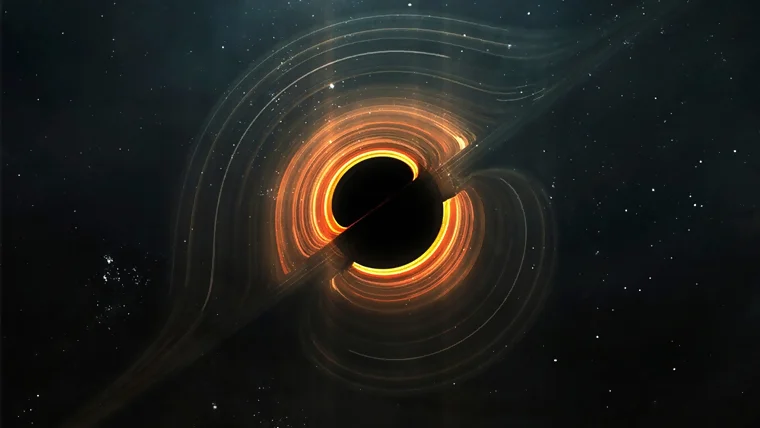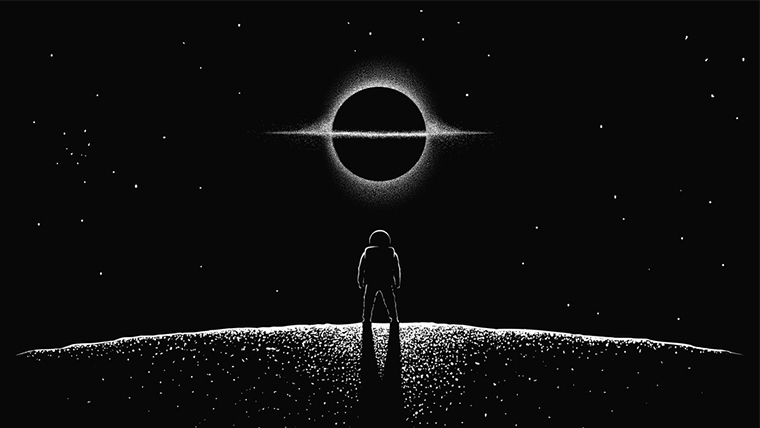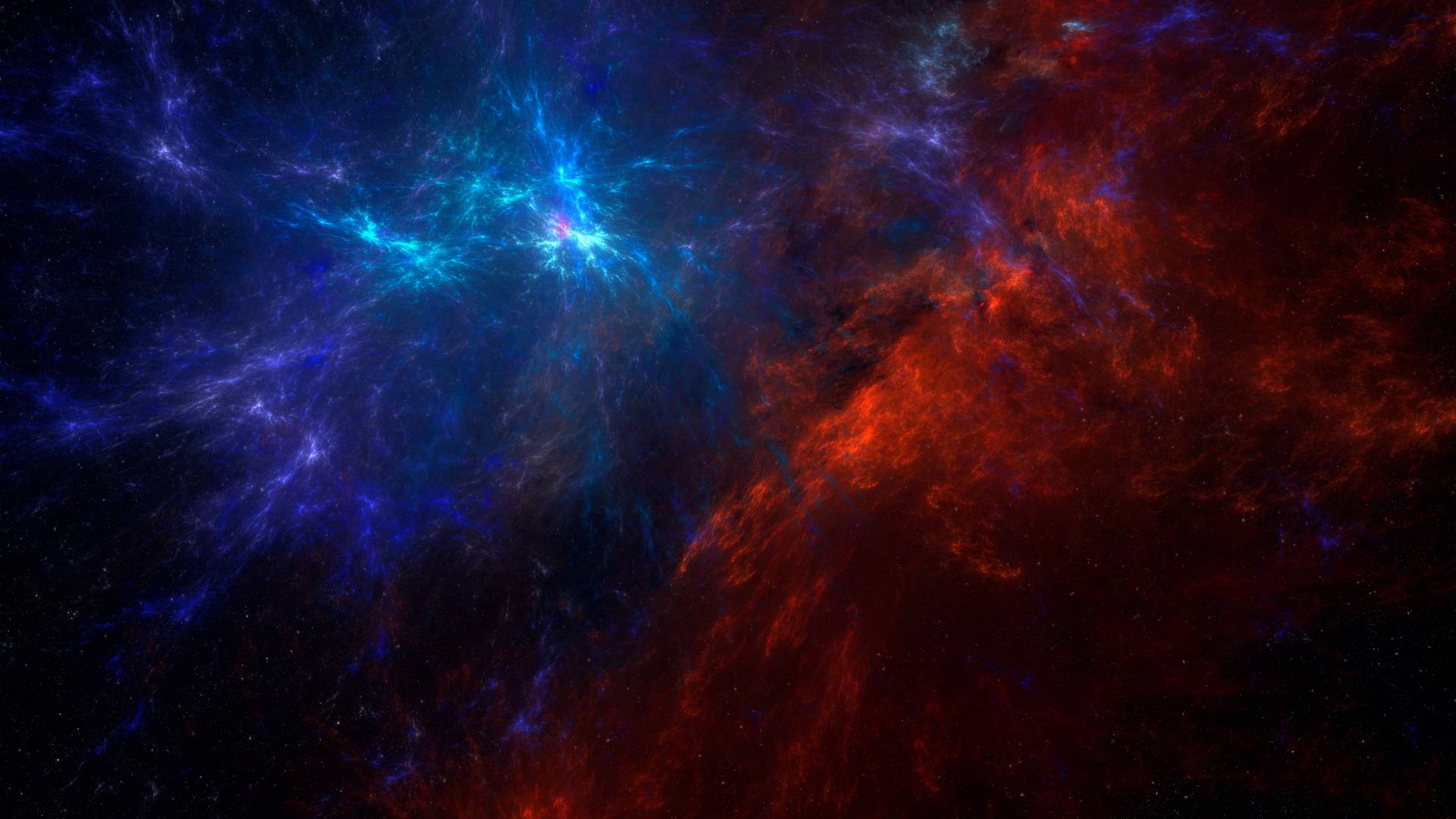Black holes are mysterious objects in the vast cosmic fabric of our universe that never cease to intrigue scientists and enthusiasts alike. Several bright minds have contributed to our understanding of black holes, marking an exciting chapter in the history of astrophysics with their discovery. In this piece, we explore the tale of the trailblazers who solved the enigmas surrounding black holes and revolutionized our thoughts about time and space.
Who really discovered black holes?
Black holes have been the subject of conjecture since the 18th century, but no one has discovered direct evidence for several centuries in black holes history and foundation.
Karl Schwarzschild: The Trailblazer
The origins of black hole theory can be found in the early 1900s, with Karl Schwarzschild emerging as a key figure. German physicist Schwarzschild applied Einstein’s general relativity equations to a spherically symmetric mass in 1916, when the theory was still in its infancy. His calculations produced a result that was eventually identified as the Schwarzschild metric, a fundamental concept in studying black holes.
Subrahmanyan Chandrasekhar: The Limits of Stellar Stability
Fast forward to the 1930s, and another luminary enters the scene – Subrahmanyan Chandrasekhar. An Indian-American astrophysicist, Chandrasekhar made groundbreaking contributions to our understanding of the evolution of massive stars. In 1931, he formulated the Chandrasekhar limit, which determines the maximum mass of a white dwarf beyond which it must collapse into a more compact state. This laid the groundwork for the concept of black hole formation.
John Archibald Wheeler: Coining the Term “Black Hole”
American theoretical physicist John Archibald Wheeler is credited with coining the term “black hole.”. Wheeler first used the phrase to refer to areas of space where gravity is so strong that nothing can escape—not even light—in a 1967 lecture. Wheeler was instrumental in integrating the theory of black holes into the field of astrophysics
Roger Penrose: The Singularity Connection
A major advance in our knowledge of black holes was made in 1965 by British physicist Roger Penrose. Penrose and physicist Stephen Hawking worked together to show that singularities, or points of infinite density, were a necessary byproduct of general relativity. This groundbreaking research strengthened the theoretical basis for black hole existence.
Stephen Hawking: Hawking Radiation and Black Hole Thermodynamics
Theoretical physicist Stephen Hawking made incalculable advances to our knowledge of black holes. He postulated the existence of Hawking radiation in 1974, implying that black holes may release particles and progressively lose mass. This novel concept refuted the conventional wisdom that nothing could escape a black hole, creating new opportunities to study the thermodynamics of these celestial bodies.

Who first discovered black holes?
Black holes were first predicted to exist in 1916 by Albert Einstein’s general theory of relativity. The term “black hole” was first used by American astronomer John Wheeler in 1967, many years after it was coined. “after years of only conceptualizing black holes as hypothetical objects.
Related Contents:
10 Incredible Astronomical Phenomena
Exploring the Enigmatic Aurora Borealis
NASA Telescopes Discover Record-Breaking Black Hole
Using NASA telescopes, astronomers have found the most distant black hole ever observed in X-rays. The black hole is at an unprecedentedly early stage of growth, where its mass is comparable to that of its host galaxy.
Some of the earliest supermassive black holes in the universe may have formed due to this finding. Researchers discovered the telltale sign of a growing black hole just 470 million years after the Big Bang by combining data from NASA’s Chandra X-ray Observatory and NASA’s James Webb Space Telescope.
Frequently Asked Questions
Are scientists sure black holes exist?
Although we cannot see them, Einstein’s General Theory of Relativity has provided sufficient evidence to conclude that black holes are real. A black hole is created when an object, such as a star, abruptly collapses to a tiny volume.
Who figured out black holes exist?
Roger Penrose established the existence of black holes. It was demonstrated by Andrea Ghez and Reinhard Genzel that there is one in the center of our galaxy that is 4 million times heavier than the Sun. Since Penrose’s discoveries, astronomers have discovered much evidence supporting black holes.
Who is the father of black holes?
On Continued Gravitational Contraction is the title of a paper written by Robert Oppenheimer and his student Hartland S. Snyder. That work used Einstein’s general theory of relativity to show how black holes could form for the first time in modern physics.
In conclusion, the discovery of black holes is a testament to the collaborative efforts of visionary physicists and astronomers who pushed the boundaries of our understanding of the cosmos.
From Karl Schwarzschild’s theoretical groundwork in 1916 to Subrahmanyan Chandrasekhar’s critical mass limit and John Archibald Wheeler’s evocative term “black hole” in 1967, the journey to unravel these celestial enigmas spanned decades.
The legacy of those who discovered black holes early on continues today as technological advancements make new ways to explore possible. Our understanding of the fundamental nature of the universe is being furthered by scientific inquiry inspired by the quest for a deeper comprehension of these cosmic mysteries.
Source: space.com



